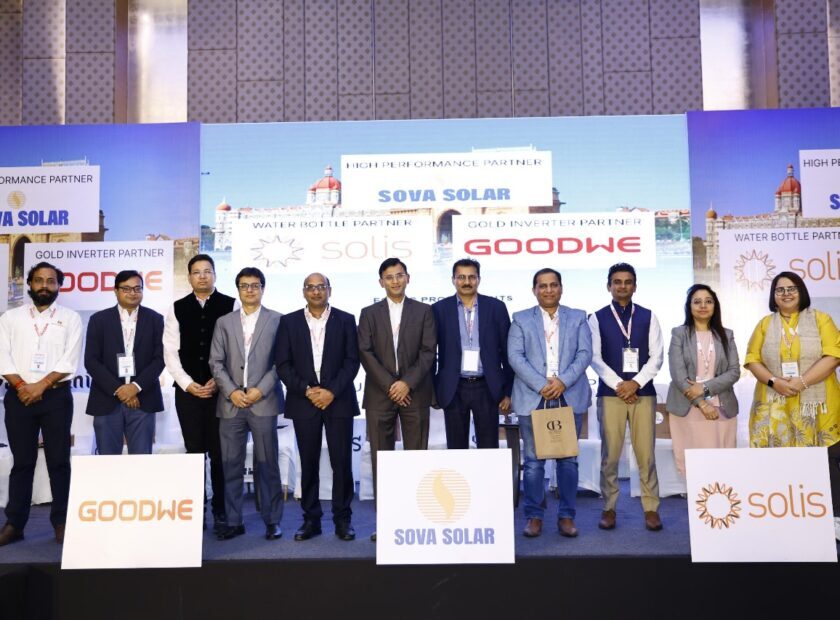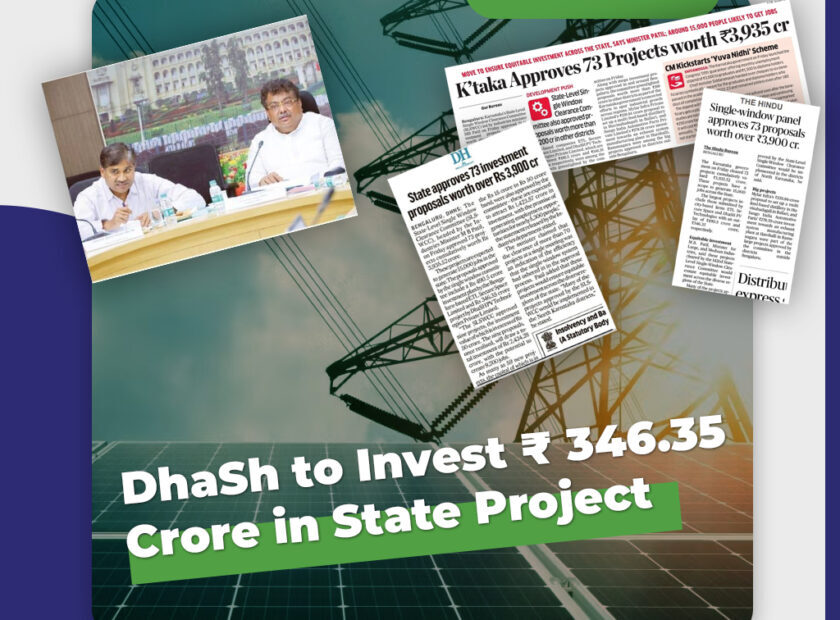What are the most pressing issues confronting the renewable energy manufacturing industry in India?
When China rose to predominance in solar manufacturing in the early 2010s, it laid emphasis on the entire PV landscape and not just solar cells and modules. The Indian government’s policy support was mainly focused on the final PV products, but the production-linked incentive (PLI) scheme has brought a shift in its approach to solar manufacturing. Now, production of raw materials such as polysilicon and wafers will also gain significance.
We feel that the extension of the Approved List of Models and Manufacturers (ALMM), a favourable policy for domestic manufacturers, has gone against the development of domestic manufacturing. It has raised questions regarding policy implementation by the Indian government and its volatility. We believe that this has adversely affected investments in the domestic PV manufacturing. Following the lifting of the ALMM compulsion, the Indian market has been flooded with modules imported from China or through free trade agreement countries, and the domestic module manufacturing capacity has not been utilised. This impact has been felt across the solar PV manufacturing industry as ultimately the fate of solar ancillary manufacturers is linked to module manufacturing.
China’s solar manufacturing expansion has been driven by the local supply chain from polysilicon to modules as well as its ancillaries, technology upgrades and policy support. By investing in the necessary infrastructure, promoting innovation and cultivating a skilled workforce, India can emerge as a shining example of how a nation can transition to clean and affordable solar energy.





